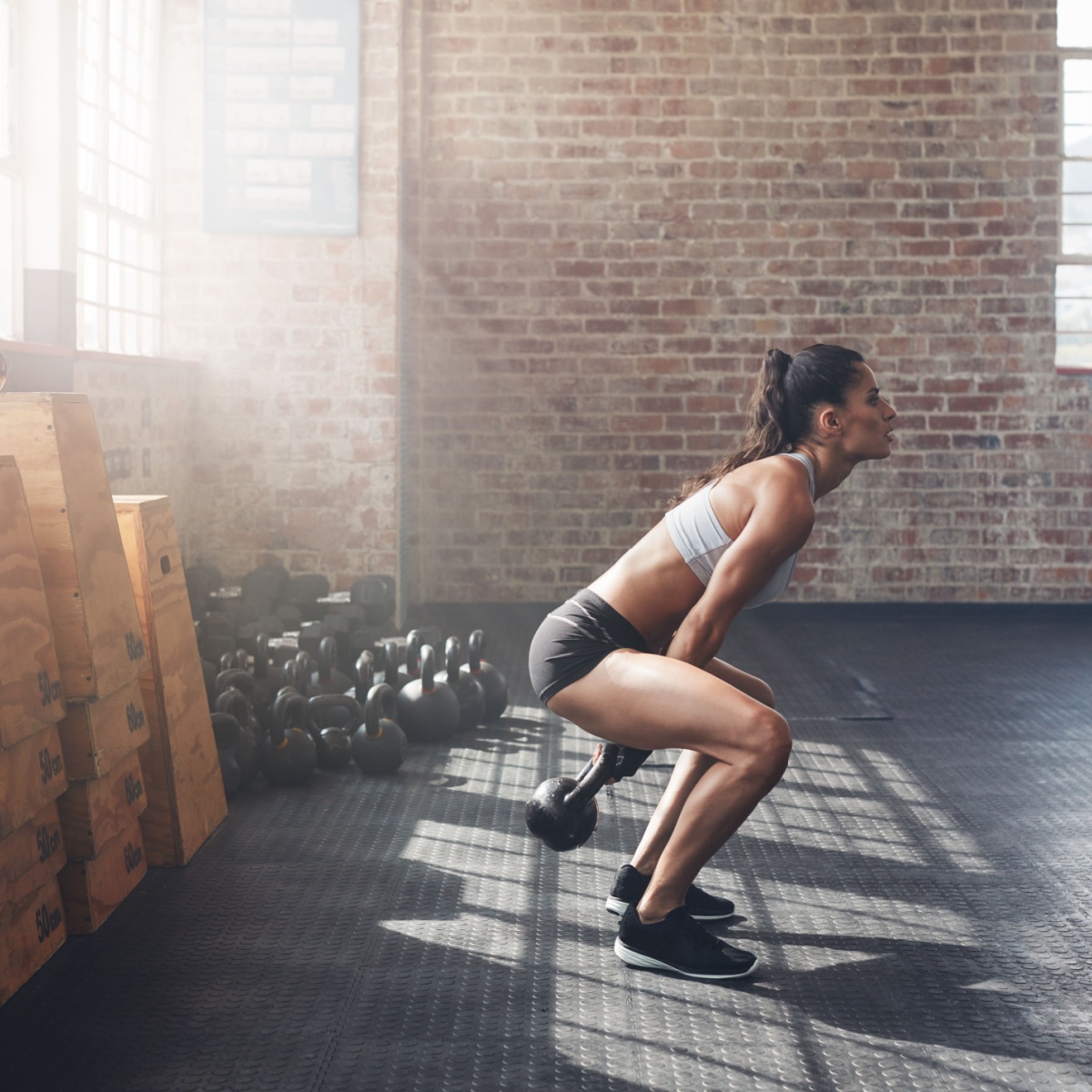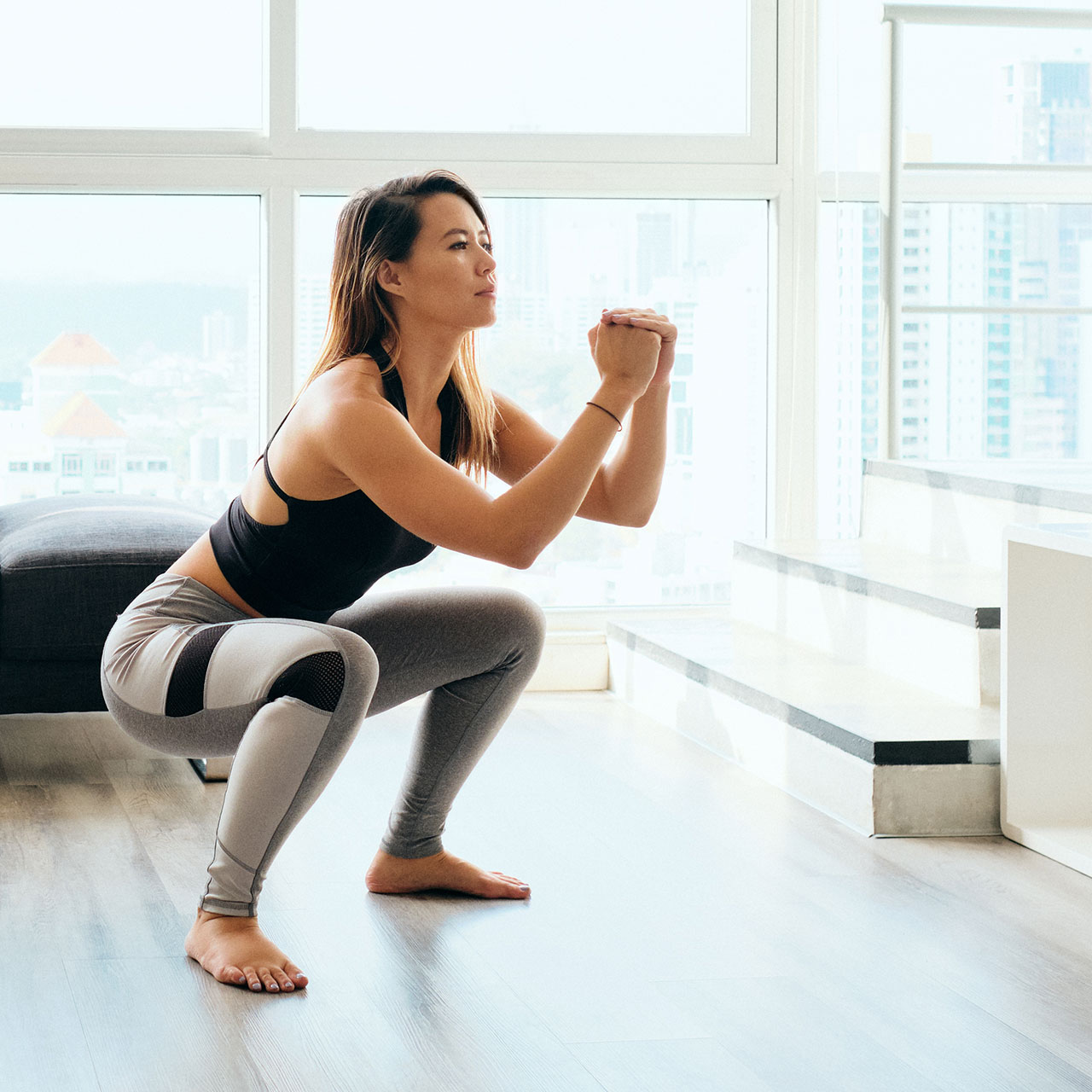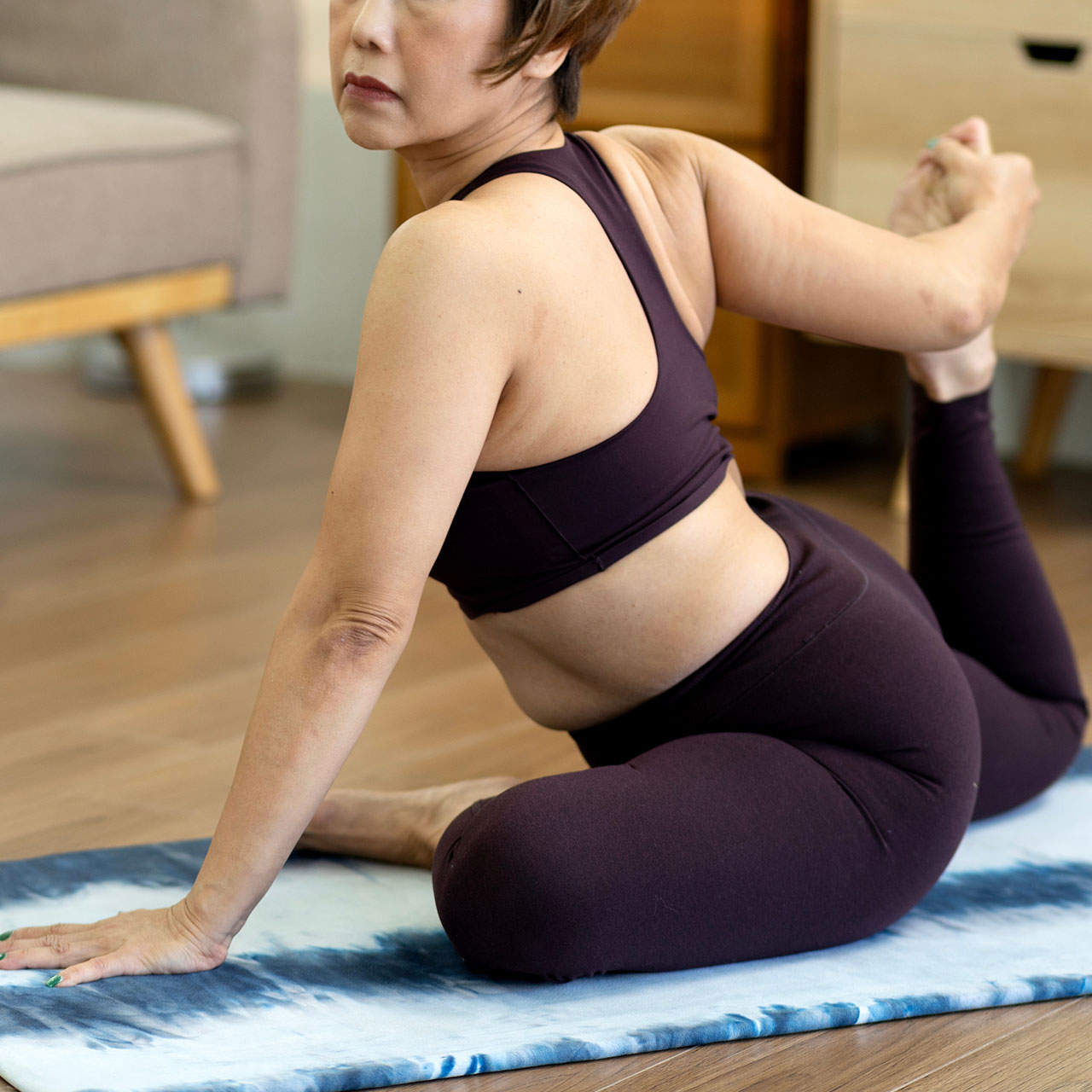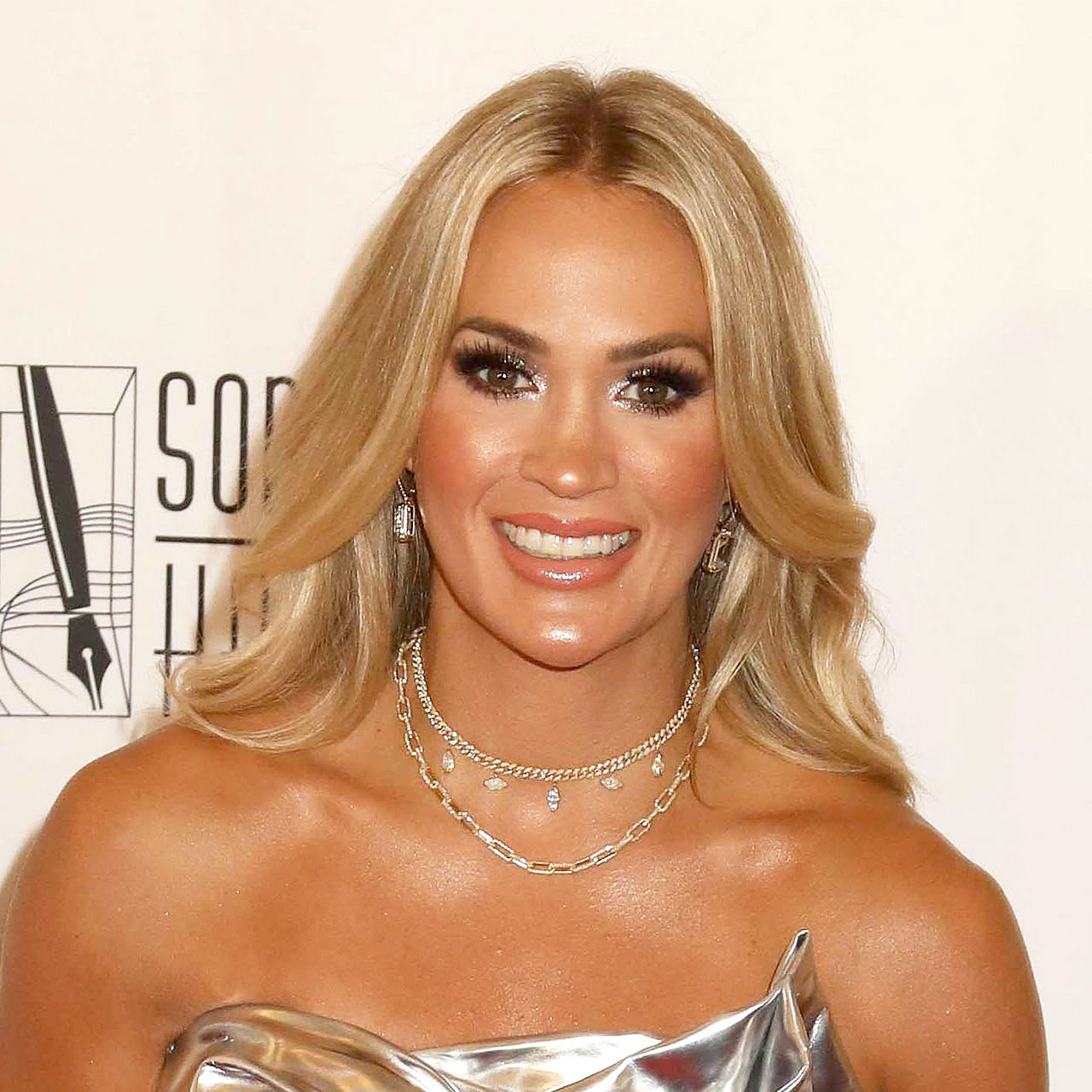As you age, staying active becomes even more important for maintaining strength, mobility, and overall well-being. The right exercises can help you build muscle, improve balance, and keep your metabolism running efficiently, making you look and feel younger. Whether it’s strength training, mobility work, or low-impact cardio, adding effective workouts into your routine after 40 can enhance energy levels, support joint health, and even promote a more youthful appearance!
Experts at FitZip revealed the five exercises everyone over 40 should be doing if you want to “look and feel a lot younger.” According to them, planks, single-leg RDL, and horse stance are some of the best options. Read on to learn more and discover all five!


1. Plank
FitZip experts say planking “strengthens” your abs, shoulders, back, glutes, and, most importantly, your core.
How to perform: Start by lying on the floor with your face down. Support your body with your wrists and elbows right under your shoulders. Keep your body straight from your head to your heels. As you lift it off the ground, engage your core and imagine pulling your belly button towards your spine. Remember not to let your shoulders and your hips sag during this pose for as long as you can. Start by aiming for 20 to 30 seconds and then slowly increase the time.

2. Single-leg RDL
According to FitZip, “Balance is something we lose quickly as we age, but it’s also something that’s simple to get better at!” The single-leg RDL strengthens your hamstrings, hips, and lower back while enhancing flexibility and stability, making it a great all-in-one lower-body exercise.
How to perform: Keep your back straight and your feet hip-width apart. Move your weight to one foot and keep your knee slightly bent on the other foot. Now drop your body forward and straighten the other leg as you hinge at the hip. As you bring your hands to the ground, keep your back straight and your core tight. Return slowly to the standing position and do it again. Now at first just use your own body weight; as you begin to feel more comfortable, you can add dumbbells for some added resistance.

3. Push-ups
Push-ups engage your chest, shoulders, triceps, and core simultaneously, making them “one of the best exercises for building upper body strength,” experts say. “They also help develop the strength needed for everyday tasks and can improve your posture.”
How to perform: Start off by doing a high plank with your hands a little wider than shoulder-width apart. Slowly lower your torso by bending at the elbows, maintaining a 45° angle. Make sure you don't let your elbows flare out because it can be terrible for your shoulders and less effective. Stop just before your chest hits the ground and then push yourself back up to where you started. Keep your body straight from your head to your feet. During the entire movement, be sure not to let your hips drop. Your increased core strength from doing the first exercise will help you out here. If you want to get the most out of the exercise, I highly suggest doing it slowly and controlled.

4. Horse stance
While it may seem simple, this exercise can have a powerful impact on your entire body when done each morning. It primarily engages your legs, glutes, and core, making it a “secret gem for building lower body strength and stability.”
How to perform: Keep your feet wider than your shoulders and your toes pointed slightly outward. Now start to squat down until your knees reach a 90° angle. As you do this, remember to keep your core tight and your back straight. Once you're in that position, hold it for 30 to 60 seconds. You can hold a small weight at chest level for an extra challenge as you get better.

5. Kettlebell swing
This dynamic exercise targets your glutes, hamstrings, and core, and “even your shoulders” while quickly elevating your heart rate. If you’re looking to burn calories, the kettlebell swing is a perfect choice. The movement is simple yet powerful, focusing on hip hinging and “explosive energy” to drive the kettlebell swing.
How to perform: Start by placing your feet shoulder-width apart and using both hands to hold the kettlebell. Securely, the kettlebell should swing back between your legs as you hinge at your hips and then let the momentum of the hip drive. Elevate the kettlebell to chest height as you prepare for the next repetition. Allow the kettlebell to swing back down naturally while keeping control. It's important to use your hips rather than your arms as the movement's motor to ensure that the exercise stays safe and efficient.


























